
The Symphony of Biorhythm Compatibility
Discover how biorhythm compatibility can influence personal relationships and how to harmonize your life's rhythms with those around you.
article by Adrian Wallace
The Essence of Biorhythms
Biorhythms are considered to be intrinsic cycles affecting our physical, emotional, and intellectual faculties. According to biorhythm theory, these cycles begin at birth and oscillate in predictable patterns throughout our lives. Traditionally, the physical cycle lasts 23 days, the emotional cycle 28 days, and the intellectual cycle 33 days. Tracking these patterns, advocates believe, can provide valuable insights into a person's daily potential and interactions. As the concept evolves, biorhythm calculators have become sophisticated, incorporating additional cycles such as intuitive, spiritual, aesthetic, and awareness cycles, all contributing to a more nuanced picture of personal dynamics.

Biorhythm Compatibility Basics
But how do these cycles affect interpersonal relationships? Biorhythm compatibility suggests that when two people's cycles are in phase—that is, experiencing similar highs and lows simultaneously—they're more likely to get along easily. Conversely, when cycles are out of phase or opposite one another, potential for conflict or misunderstanding increases. Relationships, whether platonic, professional, or romantic, may benefit from an awareness of this compatibility as individuals navigate the complexities of their interactions.
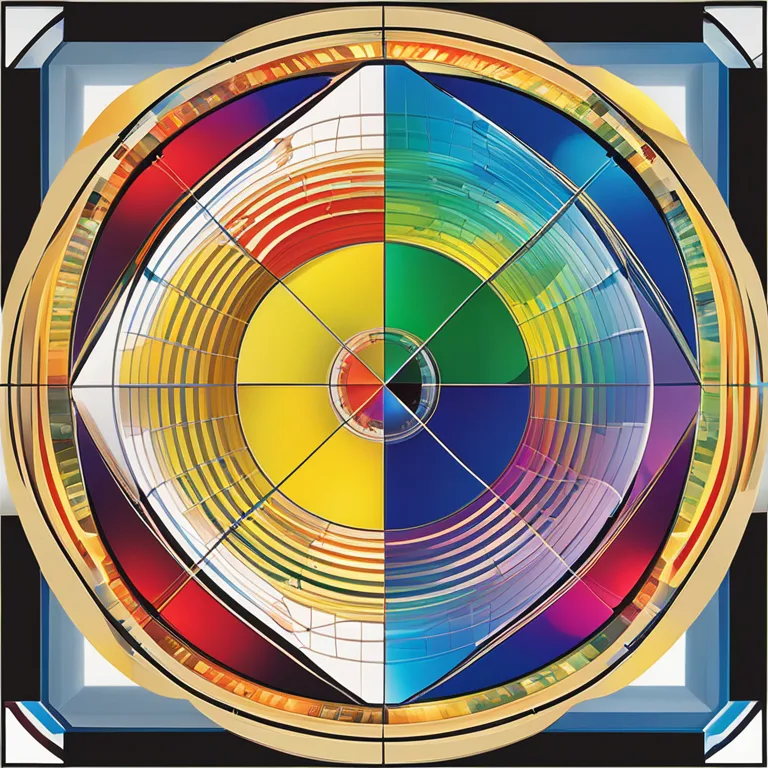
Calculating Compatibility
To calculate biorhythm compatibility, individuals can use their birthdates as the starting point. Modern tools and apps now exist that not only predict one's own cycle peaks and troughs but also compare these with others' to forecast compatibility percentages. These analytics can be particularly appealing for those looking to optimise partnership outcomes, be it finding an ideal date or scheduling an important business meeting when both parties are intellectually in sync.
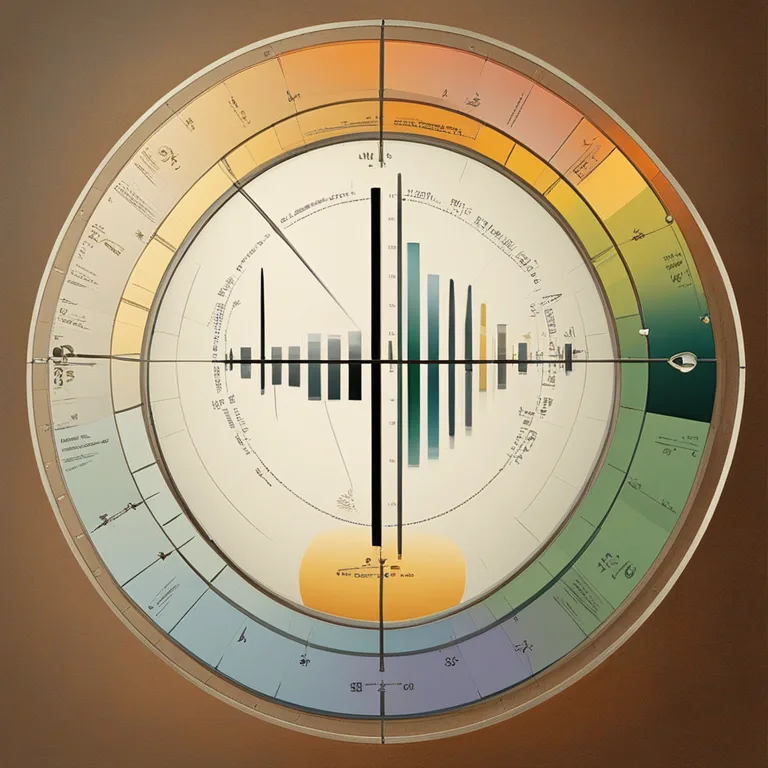
The Science and Skepticism
It's essential to acknowledge the debate surrounding biorhythms. Critics of the theory argue that the concept lacks empirical evidence, and several studies have dismissed biorhythms as pseudoscience. However, enthusiasts counter that personal experiences and anecdotal evidences suggest there's something to be gleaned from these patterns. In the digital age, the debate continues to evolve, with more scientific methods being applied to either validate or refute such correlations.
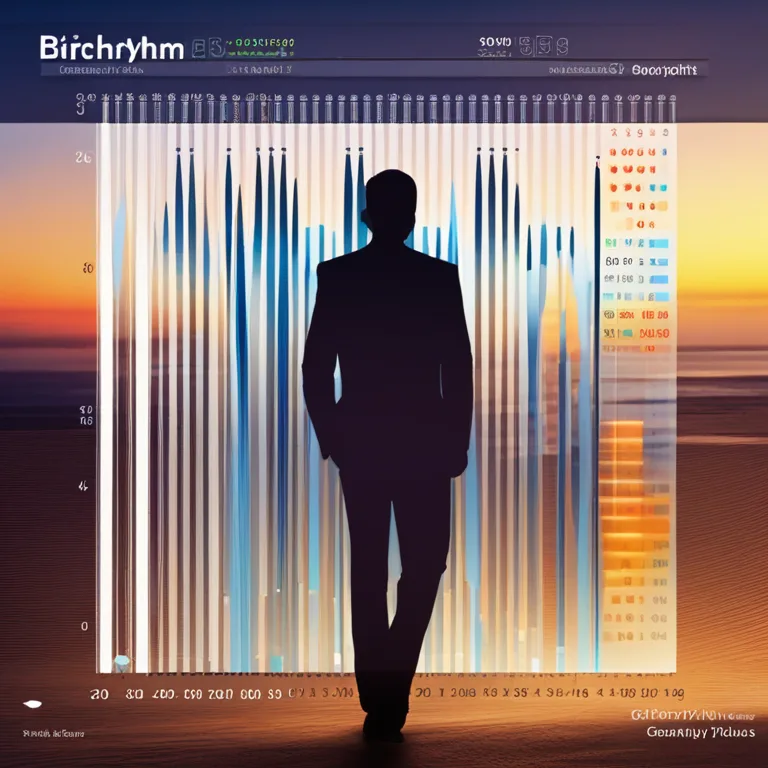
Using Biorhythm Compatibility Wisely
Whether or not one accepts the science behind biorhythms, it can be an interesting tool for self-awareness and reflection. Users should view biorhythm compatibility readings as guidance rather than determinism. It can prompt a better understanding of oneself and others, encouraging conversations around timing and emotional states. Ultimately, it's a personal choice to decide how much weight to give to these cycles when it comes to making life decisions.
Today and Beyond
As we move forward, the expectation is that the analysis of biorhythms will adopt a more personalized approach. Integrations with wearable tech and AI could lead to real-time monitoring and suggestions, making the concept of biorhythm compatibility more accessible and applicable in daily lives. The future of biorhythm compatibility may see a blend of ancient belief systems with cutting-edge technology, providing an avant-garde dimension to navigating human relationships.
Published: 12/28/2023
Modified: 12/28/2023
More predictions
Come back here soon to learn more about yourself and your future

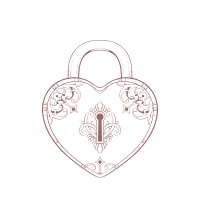
Navigating Biorhythm Cycles
Explore the concept of biorhythms, their cycles, and examples of how they influence our daily lives.


Biorhythm Compatibility: Fact Or Myth?
Explore the concept of biorhythm compatibility to discover if there's a real connection between our biocycles and relationship harmony.

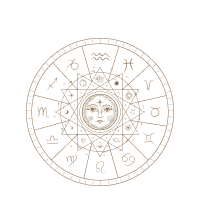
Unlocking Your Body's Natural Clock
Explore the intriguing world of biorhythms and discover how they influence your physical, emotional, and intellectual states.